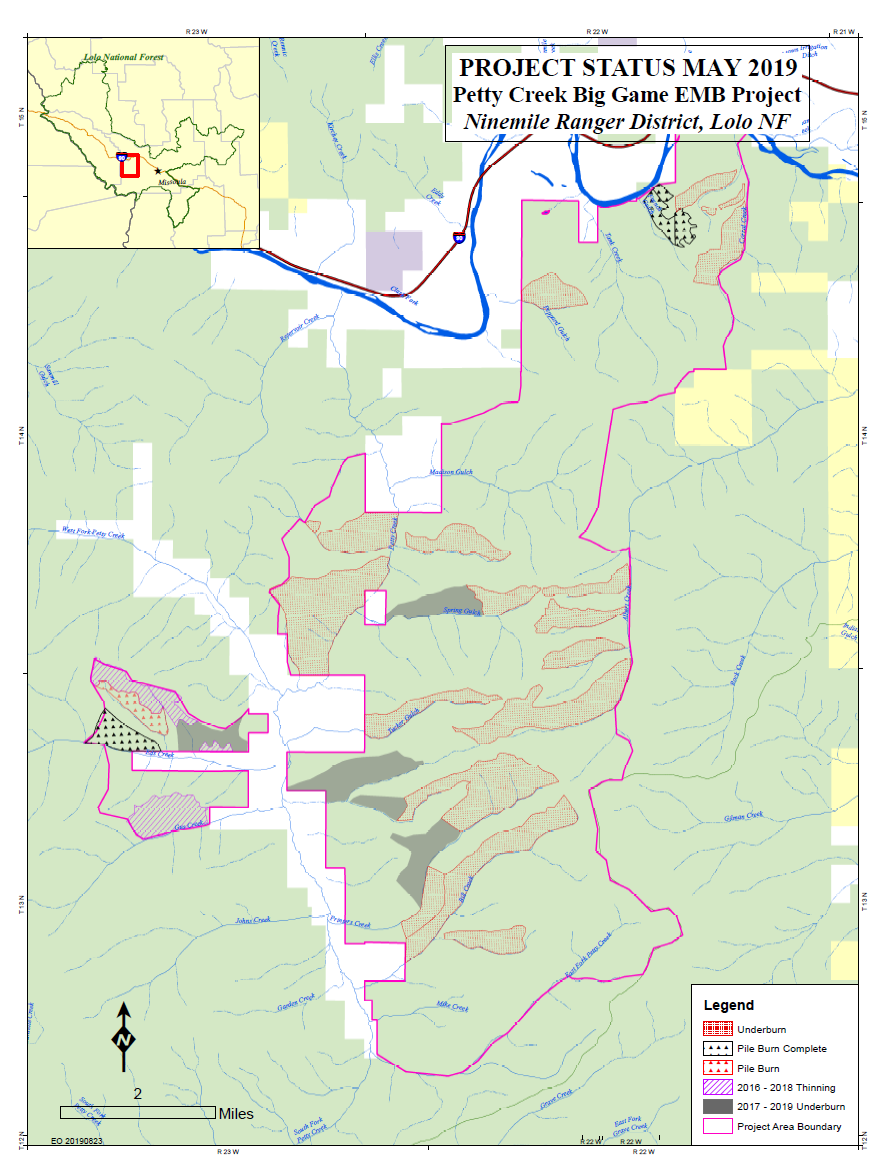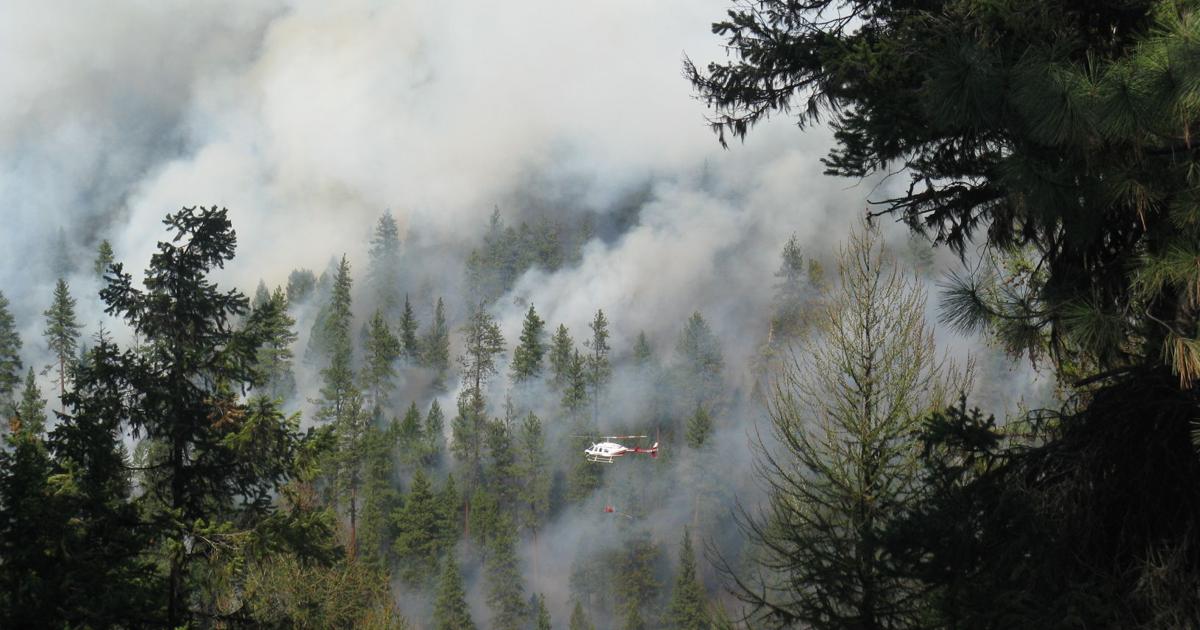BigHornRam
Well-known member

Petty Creek Big Game Ecosystem Maintenance Burning (EMB) project - Montana Wild Sheep Foundation
Petty Creek Big Game EMB Project Year Completed: 2019 | Project Cost: $42,011.58 | MTWSF Funded $2,500 Project Summary In the fall of 2018 and spring of 2019, the Montana Chapter WSF funded several units in the Petty Creek Big Game Ecosystem Maintenance Burning (EMB) project
Good public land work being done here!






